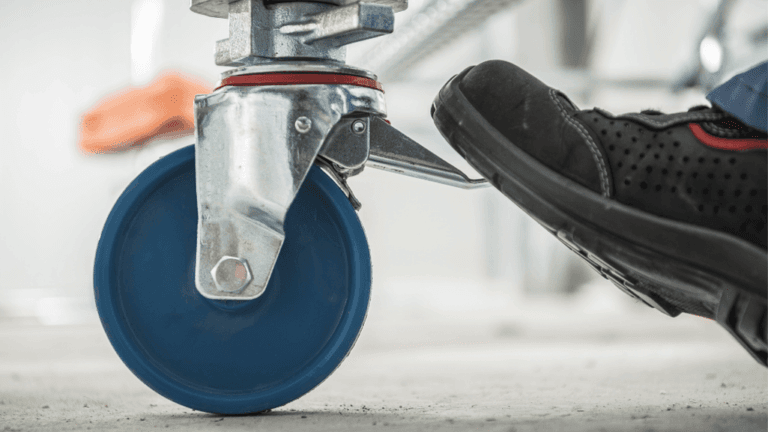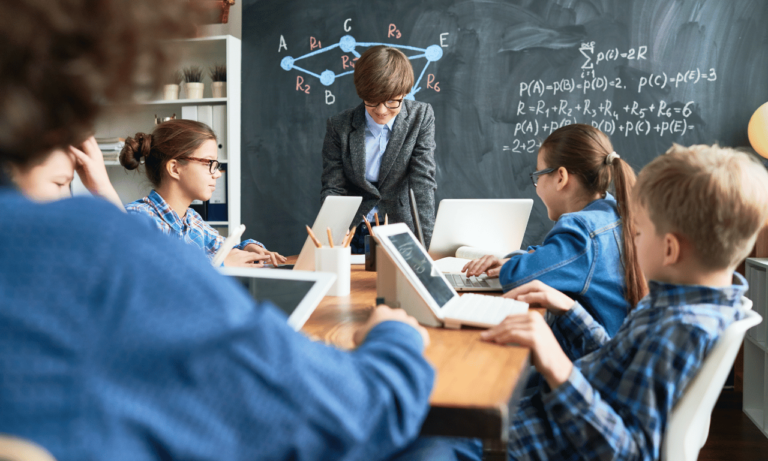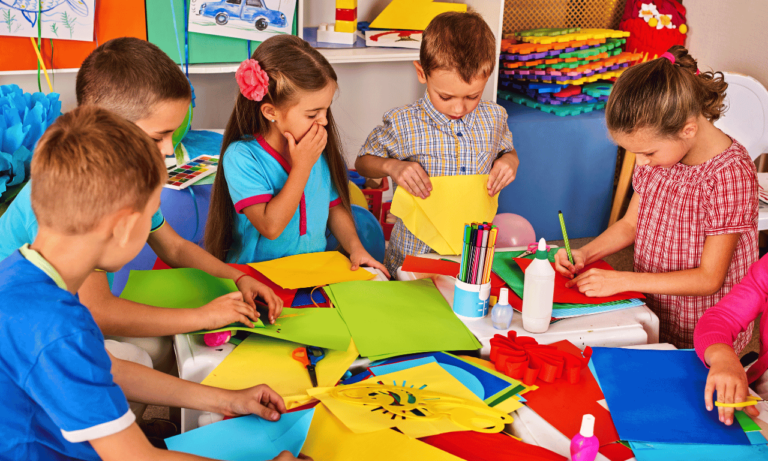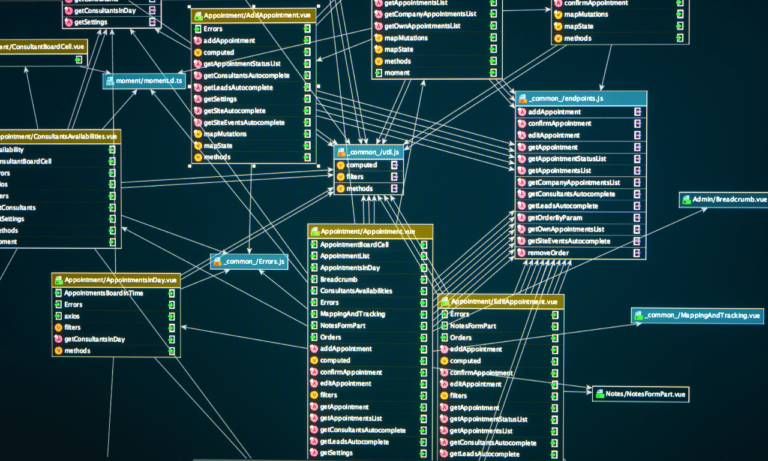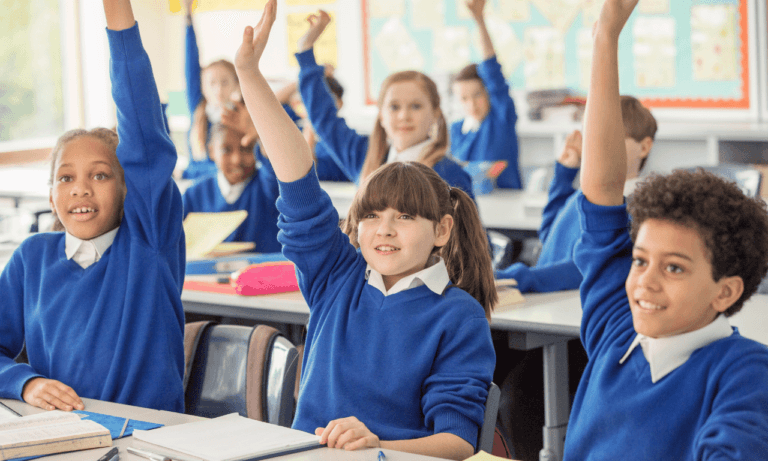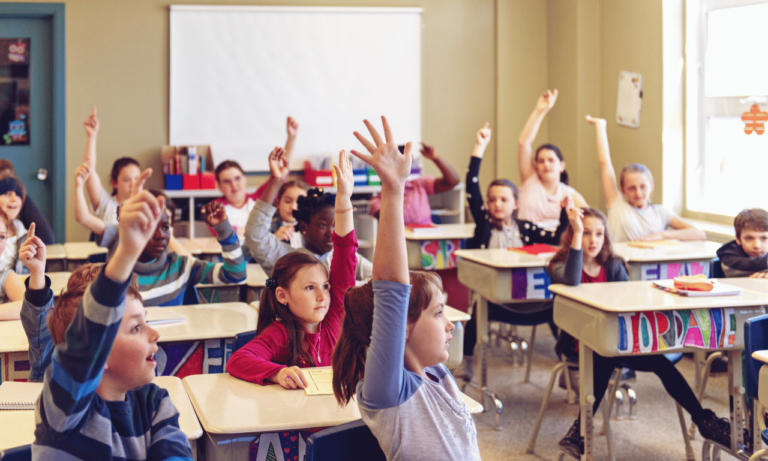Phone:
(+65)8319-0742
The educational landscape is continuously evolving to accommodate diverse learning needs, and at the forefront of this change are personalized learning scaffolds. By providing specific, adaptive learning tools, educators can construct tailored learning experiences that support students in reaching their full potential. These structures act as stepping stones, enabling a unique educational journey for each learner, nurturing independence, and cultivating a growth mindset.
Key Takeaways
- Personalized learning scaffolds adapt to individual student needs, promoting growth and independence.
- Adaptive learning tools are core components of personalized scaffolds, offering customized support.
- Tailored learning experiences increase student engagement and drive academic success.
- Personalized scaffolding bridges the gap between current knowledge and learning targets.
- Equipping educators with scaffold strategies enhances their ability to meet diverse learning objectives.
- Embedded adaptive tools and resources ensure students progress at a comfortable pace.
The Essence of Personalized Learning Scaffolds
The notion of educational scaffolding shares its roots with architectural scaffoldingâboth provide essential support that is gradually removed to reveal independent structure. In the realm of education, this translates to aiding students on their journey towards academic independence and self-reevaluation.
Understanding Scaffolding in an Educational Context
Scaffolding methods favor a student-centered instruction approach that adjusts to individual learning progressions. These customized learning experiences leverage tools that are particularly designed to bridge the gap between what learners can do alone and what they can achieve through guidance.
Strategies for Implementing Personalized Learning Scaffolds
Implementing personalized learning scaffolds begins with recognizing the diverse capabilities within a classroom. Here, each tailored learning pathway is aligned with the learner’s current stage, developing a scaffold that is adjusted to the complexity of tasks and facilitate learning and growth. The ultimate goal of an adaptive learning tool is to provide temporary support and to diminish its presence as the student grows more proficient.
- Identify individual needs to form individualized education goals.
- Manage educational tools and strategies that support those goals.
- Monitor progress and adjust methodologies accordingly.
- Provide feedback and encourage independence through critical thinking exercises.
A key element of this approach is the application of personalized activities that efficiently tap into the Zone of Proximal Development (ZPD). This ensures engagement at an optimal level of challengeâneither too easy to bore the student nor too difficult to frustrate.
| Scaffold Type | Example | Learning Objective |
|---|---|---|
| Visual Aids | Infographics, charts | Supports information retention |
| Interactive Elements | Quizzes, discussions | Encourages participation |
| Guided Practice | Worked examples, modelling | Fosters skill acquisition |
In summary, the scaffolds provided must evolve over time, reflecting the student’s growth in confidence and capabilities. As educators, the thoughtful articulation of when and how to implement these supports is as crucial as the content they aim to convey. Integrating adaptive learning tools effectively into the curriculum can lead to significantly individualized education experiences, where every student is valued and supported on their unique educational journey.
Adaptive Learning Tools: Enhancing Personalized Instruction

The landscape of modern education continuously evolves with the integration of adaptive learning tools, serving as a catalyst for customized learning experiences. These cutting-edge tools are revolutionizing the approach to individualized education by leveraging the power of technology to tailor educational content to the unique needs of every student.
By analyzing learner responses and performance, adaptive learning systems adapt in real-time, providing bespoke pathways that challenge and support students proportionately to their skills. This dynamic approach ensures that learning is never too easy or too hard, but just right, thereby maximizing engagement and effectiveness.
- Data-Driven Instruction: Adaptive tools gather valuable insights into student performance, allowing educators to tailor instruction that targets each learner’s strengths and growth areas.
- Immediate Feedback: Students receive instant feedback, empowering them to understand their progress and areas needing attention without delay.
- Self-Paced Learning: The pace of learning adjusts to the individual, acknowledging that each student learns differently, respecting their innate learning rhythms.
These aspects collectively create a thriving environment for learners to excel, ensuring that no student is left behind. As we witness the transformation brought about by these advanced tools, the road to customized learning experiences seems more promising than ever. Through adaptive learning tools, today’s students are equipped to become the pioneers of tomorrow, empowered by an education that’s as unique as they are.
Customizing Learning Experiences through Tailored Learning Pathways

At the core of revolutionizing education is the belief in individualized education, which takes shape through the formation of an IEP, or Individualized Education Plan. The drafting and effective implementation of an IEP encapsulate the essence of tailored learning experiences, ensuring that each student benefits from an educational path fine-tuned to their unique needs and objectives.
IEPs serve as strategic frameworks that converge adaptive learning tools and student-centered instruction, bestowing upon learners a curriculum that’s as unique as their fingerprints. Such personalized learning scaffolds not only acknowledge but also capitalize on students’ individual strengths, thereby catalyzing academic and personal growth.
Creating Individualized Education Plans
Developing an IEP is not just a procedural necessity but a collaborative art. It demands an in-depth understanding of a student’s capabilities, aspirations, and areas for improvement. This process, much like a tapestry, weaves in various instructional methodologies supported by adaptive learning tools to furnish a bespoke educational masterpiece.
Matching Scaffolds with Student Strengths
Listed below are examples of how scaffolds can be matched with student strengths to offer truly personalized learning scaffolds that support and enhance the learning journey:
- A visually gifted learner benefits from mind maps and infographics that outline complex information.
- A student with impressive auditory skills thrives when lessons are supplemented with audio texts and lectures.
- An individual with remarkable kinesthetic abilities may find that physical activities or lab experiments solidify their learning.
| Learning Strength | Scaffold Type | Benefits |
|---|---|---|
| Visual | Charts, Diagrams | Enhances comprehension and recall |
| Auditory | Podcasts, Oral Instructions | Strengthens listening and analytical skills |
| Kinesthetic | Hands-on experiments, Role-playing | Promotes active learning and retention |
Aligning personalized learning scaffolds with the learner’s innate strengths doesn’t just pave a smoother academic path; it redefines the learning space as one of empowerment and enthusiastic engagement. In doing so, student-centered instruction becomes more than an educational philosophyâit transforms into an observable, palpable reality in classrooms.
Evaluating the Impact of Student-Centered Instruction

In the pursuit of educational excellence, the implementation of student-centered instruction has taken center stage. Central to this approach is an understanding that evaluation is key in ensuring that personalized learning scaffolds are effectively supporting individualized education. Through diligent assessment methods, educators have the capability to see beyond mere academic output and delve into the adaptiveness and effectiveness of their instructional techniques.
One foundational method for evaluation involves educators engaging in reflective practice, which serves as a crucial pillar in the feedback loop, allowing for real-time adaptations in teaching strategies. It requires educators to ask probing questions regarding the value added by personalized scaffolds: Did they align with the students’ individual learning goals? Were they conducive to students achieving task mastery?
Another layer of assessment comes from the learners themselves. Soliciting student feedback not only validates the ethos of student-centered instruction but also provides educators with critical insight into how personalized scaffolds fare in the context of learner experience and engagement. Success can be mapped not just through scores but also through students’ self-reported measures of confidence and autonomy.
This comprehensive evaluation process ensures that personalized learning scaffolds are not static tools but dynamic supports, continually reshaped and refined by the authentic needs and voices of students. The impact of these scaffolds is apparent when measuring not just the achievement of learning outcomes, but also the strides made towards learner independence â the ultimate goal of individualized education.
Below illustrates a model for reflective practice that educators may use to assess the efficacy of student-centered instructional strategies:
- Identify the learning objectives and match them with relevant scaffolds
- Collect data on student engagement and performance
- Have structured discussions with students to gain feedback on scaffolds
- Analyze the data and feedback to highlight trends and outliers
- Adjust scaffolds based on insights to ensure responsive teaching
The spirit of personalization in teaching is embedded deeply in the fabric of continuous improvement. As such, the evaluation of student-centered instruction and its associated scaffolds remains a vibrant, ongoing process. It is a commitment to crafting an education that is as unique as each learner, evidencing the transformative potential of student-centered methodologies.
Integrating Technology to Support Personalized Learning Scaffolds
The digital age has brought about a significant transformation in educational methodologies, particularly with the integration of technology to bolster personalized learning scaffolds. The advent of adaptive learning tools has provided an unprecedented avenue for customized learning experiences, enabling a more student-centered instruction approach. These technologies are not just tools but essential components that adapt and respond to the needs of learners, facilitating highly tailored learning pathways for students of diverse backgrounds and abilities.
Using Data Analytics to Personalize Education
In the quest for a more personalized education, data analytics stands at the forefront. It mines and analyzes the rich vein of data generated by student interactions with educational software. This real-time data provides valuable insights into each student’s learning patterns, preferences, and performance levels, thus empowering educators to customize the learning material and pace accordingly. By using adaptive learning tools armed with robust analytics, the education system can evolve from a one-size-fits-all model to a nuanced, personalized learning scaffolds system.
Adaptive Platforms as Learning Assistants
Adaptive platforms are revolutionizing the role of technology in education. They function as agile learning assistants that choreograph the learning process based on individual student responses. By harnessing these platforms, students are guaranteed a learning experience that continually adapts, ensuring that each educational challenge is appropriately matched to their current level of mastery. The provision of customized learning experiences through these platforms allows students the flexibility to progress at a pace that suits them best, laying down a robust foundation for student-centered instruction and encouraging self-guided learning that resonates with their personal learning journey.
Personalized Learning Scaffolds: Success Stories from the Classroom
Within the shifting landscape of education, personal anecdotes and empirical evidence shine a light on the real-world benefits of personalized learning scaffolds. By offering tailored learning experiences, these educational strategies champion student-centered instruction and have been paramount in redefining the pathway to knowledge acquisition in a variety of learning environments.
Case Studies: Scaffolding's Role in Student Achievement
Case studies have revealed the fundamental role of scaffolds in fostering individualized education. Classrooms that integrate adaptive learning tools frequently report a surge in student achievement. A notable example is the marked enhancement in literacy skills within an urban school district, where guided reading sessions, aligned with personalized learning scaffolds, contributed significantly to reading comprehension and confidence amongst struggling students. These instances underscore the efficacy of customized learning experiences in underpinning academic success across core subjects.
Testimonials: Teachers and Students on Personalized Learning
Direct feedback from educators and learners offers powerful testimony to the effectiveness of tailored educational approaches. Educators highlight how adaptive learning tools have revolutionized their teaching methods, enabling them to provide support that directly aligns with each student’s needs. Students, on their part, express how scaffolded tasks have not only improved their engagement with the material but have also enhanced their ability to tackle challenges independently. The collective voice of these testimonials underscores the transformative potential of personalized learning scaffolds, reinforcing their vital role in cultivating a supportive and successful educational experience.
FAQ
What are Personalized Learning Scaffolds?
Personalized Learning Scaffolds (PLS) provide temporary, tailored support to help students complete tasks and learn concepts that they might not be able to grasp independently. These instructional aids offer the right amount of assistance at each stage of the learning process, making education more accessible and effective for all students, including those with disabilities and English learners.
How do adaptive learning tools enhance personalized instruction?
Adaptive learning tools leverage algorithms and data analytics to personalize content for each student’s unique skill level. These tools adjust in real-time to a student’s responses, ensuring that the challenges they receive are neither too difficult nor too easy, which helps to maximize learning efficiency and effectiveness.
What is the role of individualized education plans in customizing learning experiences?
Individualized Education Plans (IEPs) are customized roadmaps created to address the specific educational needs, strengths, and goals of each student. They enable educators to design lesson plans that not only meet curriculum standards but also align with each student’s unique learning style, fostering more engaging and successful learning outcomes.
How can educators match educational scaffolds with student strengths?
Educators can match scaffolds with student strengths by first understanding each learner’s unique talents and challenges. Tools like cue cards, models, or guided electronic notes can then be employed, all specifically chosen or designed to optimize learning based on those individual strengths.
What is the importance of evaluating the impact of Personalized Learning Scaffolds?
Evaluating the impact of Personalized Learning Scaffolds is crucial to ensure that the supports provided are meeting students’ needs effectively. This continuous assessment allows educators to make necessary adjustments, improving outcomes and helping students to progress towards independence in their learning.
How does technology integrate with Personalized Learning Scaffolds?
Technology supports Personalized Learning Scaffolds by providing tools like data analytics and adaptive platforms. Data analytics help personalize the educational journey further by fine-tuning learning pathways based on real-time student performance. Adaptive platforms serve as personalized learning assistants by delivering content that responds to each studentâs interaction, helping them to learn at their own pace.
Can you share some success stories involving Personalized Learning Scaffolds?
There are multiple success stories from classrooms around the world where Personalized Learning Scaffolds have had a transformative impact. For example, students have shown marked improvements in engagement, comprehension, and independence across subjects like reading, writing, and mathematics when scaffolds were strategically implemented to support their learning.
What do teachers and students say about the effectiveness of Personalized Learning Scaffolds?
Teachers report observing increased confidence and academic prowess in their students when personalized scaffolds are used effectively. Students, in turn, express that their learning experiences are more engaging and supportive, which translates to greater success and enjoyment in their educational journey. Testimonials from educators and learners alike emphasize the value of learning approaches that are tailored to individual needs and foster active participation.



